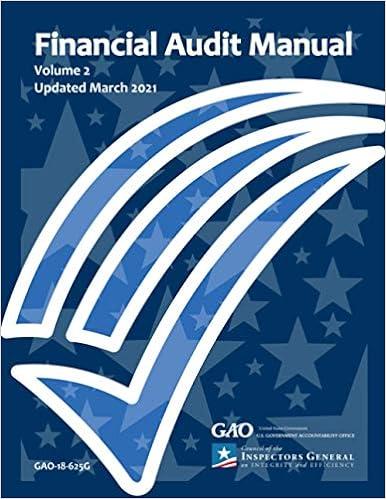Question
QUESTION 3 Not yet answered Marked out of 30.00 Flag question Question text Consolidation subsequent to date of acquisition-Equity method with noncontrolling interest, AAP, and
QUESTION 3
Not yet answered
Marked out of 30.00
Flag question
Question text
Consolidation subsequent to date of acquisition-Equity method with noncontrolling interest, AAP, and gain on upstream intercompany equipment sale A parent company acquired its 75% interest in its subsidiary on January 1, 2008. On the acquisition date, the total fair value of the controlling interest and the noncontrolling interest was $560,000 in excess of the book value of the subsidiary's Stockholders' Equity. All of that excess was allocated to a Royalty Agreement, which had a zero book value in the subsidiary's financial statements (i.e., there is no Goodwill). The Royalty Agreement has a 7 year estimated remaining economic life on the acquisition date. Both companies use straight line depreciation and amortization, with no salvage value.
In January 2011, the subsidiary sold Equipment to the parent for a cash price of $240,000. The subsidiary acquired the equipment at a cost of $480000 and depreciated the equipment over its 10-year useful life using the straight-line method (no salvage value). The subsidiary had depreciated the equipment for 6 years at the time of sale. The parent retained the depreciation policy of the subsidiary and depreciated the equipment over its remaining 4 year useful life.








Step by Step Solution
There are 3 Steps involved in it
Step: 1

Get Instant Access to Expert-Tailored Solutions
See step-by-step solutions with expert insights and AI powered tools for academic success
Step: 2

Step: 3

Ace Your Homework with AI
Get the answers you need in no time with our AI-driven, step-by-step assistance
Get Started


